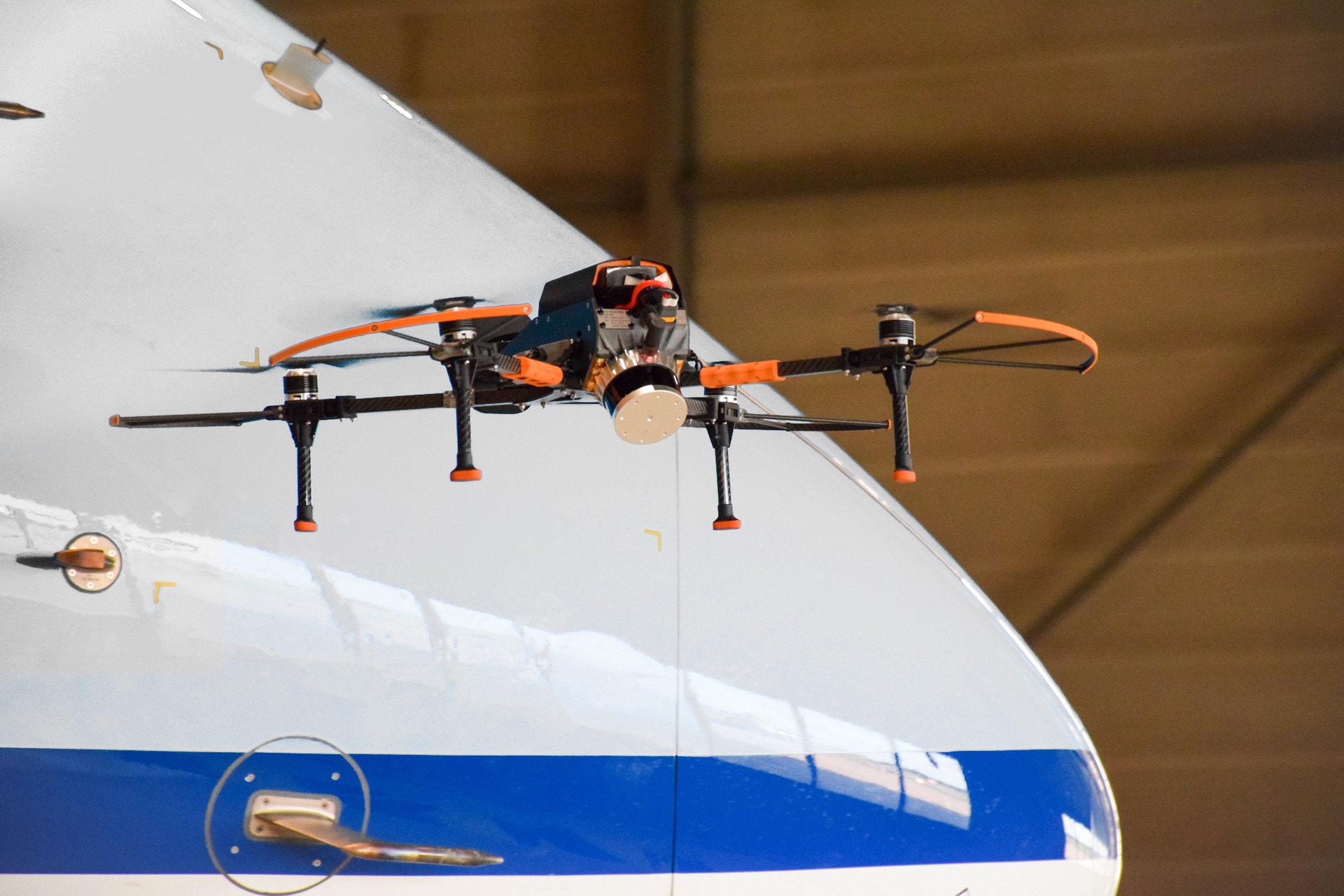Airlines and aircraft operators can optimise the paint maintenance schedules for their fleets thanks to a digital management system developed by AkzoNobel’s Aerospace Coatings business.
Known as Aerofleet Coatings Management, the system uses data gathered over several years to help ensure that aircraft are only repainted when needed, not according to a fixed time schedule alone.
“Planes are often repainted while the coating still has life left in it,” said Patrick Bourguignon, Director of AkzoNobel’s Automotive and Specialty Coatings business. “Using our service will help to reduce costs, while increasing aircraft availability by anything up to a year.”
AkzoNobel said that currently, aircraft tend to be taken out of service for maintenance every six or seven years, without staff knowing for certain if a repaint is needed. Aerofleet addresses this issue by capturing data from manual and drone-operated inspections to create a database of every aircraft in a fleet. The inspection service is provided by experts from AkzoNobel Aerospace Coatings.
The app stores information and tracks a fleet’s performance over time. Data recorded includes dry film thickness, colour variation, gloss and general appearance, as well as details of the coatings used – such as single-stage or basecoat / clearcoat coatings – and flight path data such as weather conditions, which can affect the longevity of the coatings.
“By analysing this information and mapping it over several years, it becomes easier and more accurate to determine when an aircraft needs to be repainted, rather than simply using time or flight hours,” said Tami Swearingin, Segment Director of AkzoNobel’s Aerospace and Film Coatings business. “Over time, the frequency with which aircraft need to be repainted will fall, which is significantly better for an airline’s bottom line. It also means less waste, so it will be better for the planet as well.”
Manual inspections can be enhanced by automated inspections conducted by drones. The drones fly in a set grid over the plane’s surface – taking up to 1000 high-definition photos – and the built-in software analyses the images to flag any issues or wear of the coatings. This standardises the inspection and is less subjective. It is also faster and more in-depth than a manual inspection as an automated drone can scan an entire narrowbody aircraft in less than an hour.
Whether digitally recording data manually or via a drone, the objective is to only have an aircraft on the ground when it needs to be.

